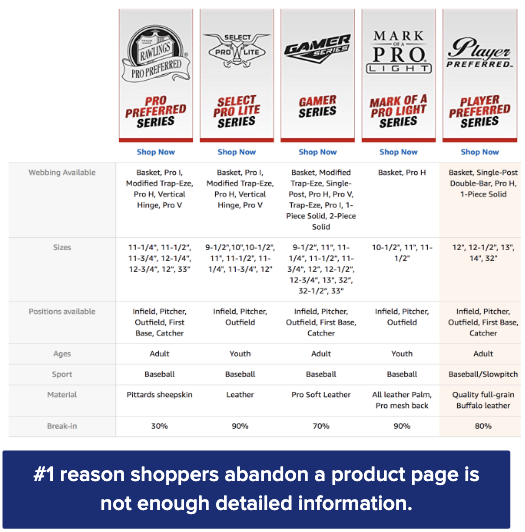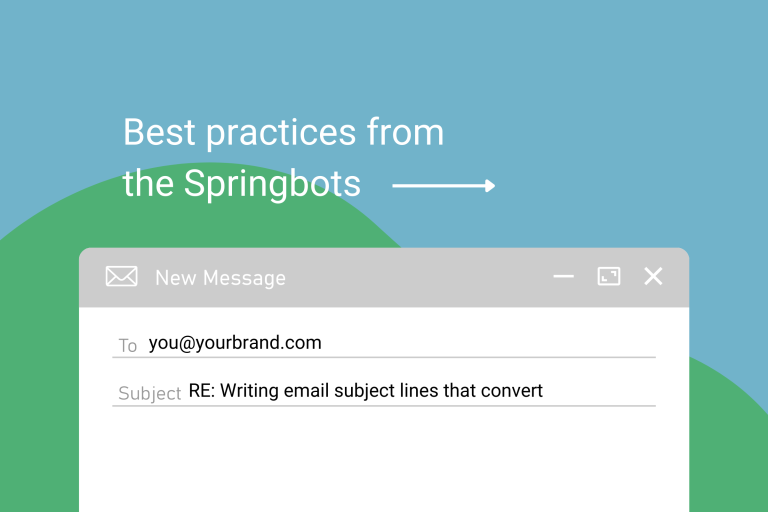 Author By Miva |
Author By Miva |- Posted on
- • July 20, 2021
- Ecommerce 101
- Ecommerce Resources

More people are buying online than ever before…and sellers everywhere are competing for their business. To stand out and thrive as an online merchant, you’ll need a strong website. As you undertake your own ecommerce website project, your first question is likely how much does an ecommerce website cost?
In this article, we discuss all the costs of and considerations for creating, maintaining, and building upon a modern online storefront.
Ecommerce Website Cost: What to Expect
The cost of your ecommerce website will depend on several components: there is the initial site build and development, followed by recurring costs and fees to keep the site fresh, relevant, stable, and secure. Here’s what you can expect to be included in your costs:
- Ecommerce platform software (native features, integrations, and add-ons)
- Infrastructure (domain name, hosting, security, and payment processing)
- Design (site build, development, and implementation)
- Maintenance (site repair, optimization, and software/plugin updates)
Your ecommerce website cost is part of a larger dialogue and decision-making process. You’ll want to invest in a solution that both meets your business goals and gives the room to grow in the future. A key part of this decision is having the right ecommerce platform for your business.
Ecommerce Platform Pricing: What to Consider
How much does an ecommerce platform cost? The short answer: it depends.
Ecommerce platforms will have different setup fees, service charges, recurring costs, and additional fees depending on the feature set you select. If you’re a small business that is just starting out with a limited catalog, you might expect to pay under $50 a month for a beginner-level shopping cart. As you grow over time, you’ll bolt on additional apps and plugins. Eventually, you’ll upgrade to a full-featured ecommerce platform, which tends to start in the $1,000 to $2,000 per month range and scales up with your business. Enterprise-grade “commerce clouds” start in the $10,000 to $20,000 per month range and can scale to millions of dollars per year.
Ecommerce software comes in all shapes and sizes, from low-cost “shopping cart” solutions to full-featured, scalable ecommerce platforms. Finding the right fit for your business—today and tomorrow—is important when starting or growing and online store. Check out our guide on shopping cart vs. platform software to learn more:

Costs of Creating an Ecommerce Site
So, you’ve now selected an ecommerce platform. What cost comes next? There is no “one size fits all” price for building an ecommerce site—the unique requirements of your business will dictate the initial costs and the ongoing investment needed to build, manage, and run your site.
If you’re a small business, you can often pay a freelancer between $2,000 and $5,000 to build a site with a DIY theme or template. For mid-size migration projects that require design customizations, data migration, integrations, and project management, the costs are more likely between $20,000 and $50,000. If you’re an emerging or established enterprise with high traffic and a sophisticated website, you will likely require more customization, integrations, and development to sell your products and exceed customer expectations. Companies of your size and complexity can expect to pay anywhere from $75,000 to $300,000 or more for an online storefront.
The Total Cost of Ownership of an Ecommerce Platform
In addition to the costs involved with creating and launching a website, you will also need to consider the long-term investment for your business. Your total cost of ownership (TCO) for an ecommerce site will involve building upon this sales channel and leveraging over time.
The total cost of ownership for your website can include things like:
- Security. You’ll need to make sure your business follows all modern security best practices to keep your store and customers protected. This includes employee training, SSL certificates, secure hosting, PCI compliance, and more.
- Back-office integrations. As you’re adding more complexity, demand, and volume to your business, you will want to invest in automation and integration between your back-office systems (like your ERP or component systems like accounting, inventory management, CRM, etc.).
- Website features. As your website gains more activity and you bring in more customers, you may also want to add more integrations, technology providers, content management systems, and customized tools.
- Digital marketing. To expand your reach and increase customer engagement, you’ll likely invest in marketing integrations and incorporate efforts like SEO and social media to your online strategy.
- Omni-channel investments. If you’re selling or planning to sell through multiple channels—offline retail, online marketplace, etc.–you’ll need to invest in tools, training, and systems that will enable you to track inventory across channels, support shoppers, and provide a consistent experience everywhere your customers shop.
If you haven’t run an online business before, the above list may seem daunting. Work with your ecommerce platform partner or web agency partner to navigate various decision points and help you determine where to invest in your business. Keep in mind that these costs are similar to what you would put into a physical brick-and-mortar storefront. For example, instead of regularly refreshing window displays and launching local promotions to bring in customers, you’re investing in new features and unique experiences that both attract and keep customers coming back time and time again.
Determining the ROI of an Ecommerce Platform
It can be hard to quantify the immediate ROI of an ecommerce platform. A high-level ROI calculator will give you a general picture of your return and for a more comprehensive analysis of potential ROI you can also consider things like:
- Efficiency. Your platform should provide massive returns in efficiency—this means automating your order processing, inventory management, shipping, and customer communication. This directly impacts the revenue of your business.
- Customer lifetime value. Customer retention—and the tools available on your platform to enable this—is key to boosting average spend, maximizing engagement, and increasing sales.
- Increase sales capacity. Your ecommerce platform should free up your employees’ time by automating processes and enabling them to focus on the initiatives that drive your bottom line.
- Error management: A comprehensive ecommerce platform should help you manage error-prone processes like tax calculation, inventory updates, and shipping.
These aspects reflect the hallmarks of a profitable website. A site that is inefficient, hard to manage, and unappealing—no matter how “cost-effective” the investment might seem—will turn away customers and hold your business back. An appealing, easy-to-use, and efficient website, however, will take your business toward new markets, more customers, greater sales, and long-term growth.
How to Choose the Best Platform for Your Business
Your choice of an ecommerce platform impacts not only your ecommerce website, but also your business’ long-term sucess. A solid platform serves as the backbone for online storefront, and investing in the right technology will give you everything you need to achieve success and realize your vision—no matter where your business is at in its growth.
Want to learn more about ecommerce platform features and see which options are best suited to your business? Check out our blog on finding the best ecommerce platform. If you’re looking for a better ecommerce platform fit for your business, download our guide on replatforming your online store.



